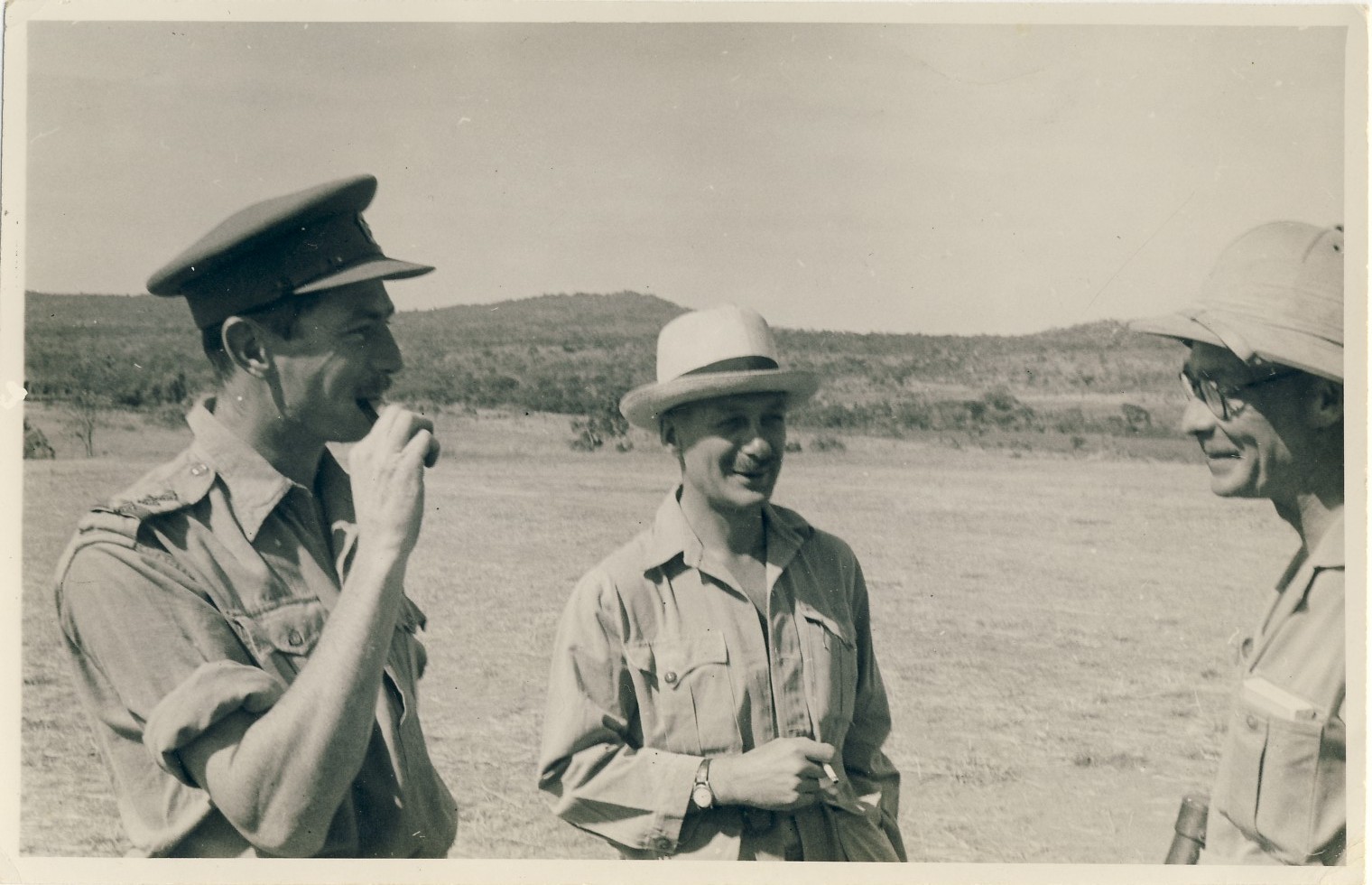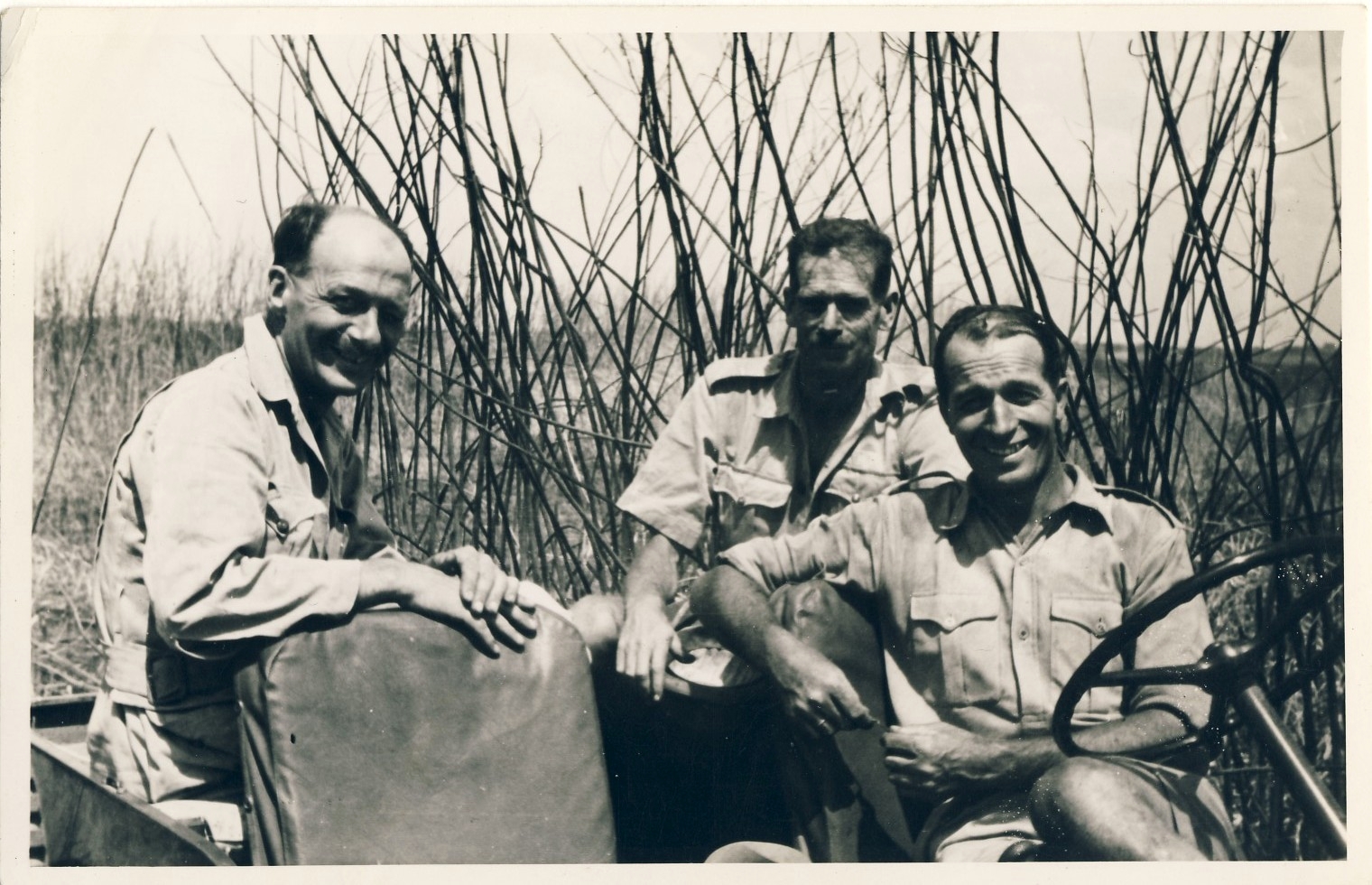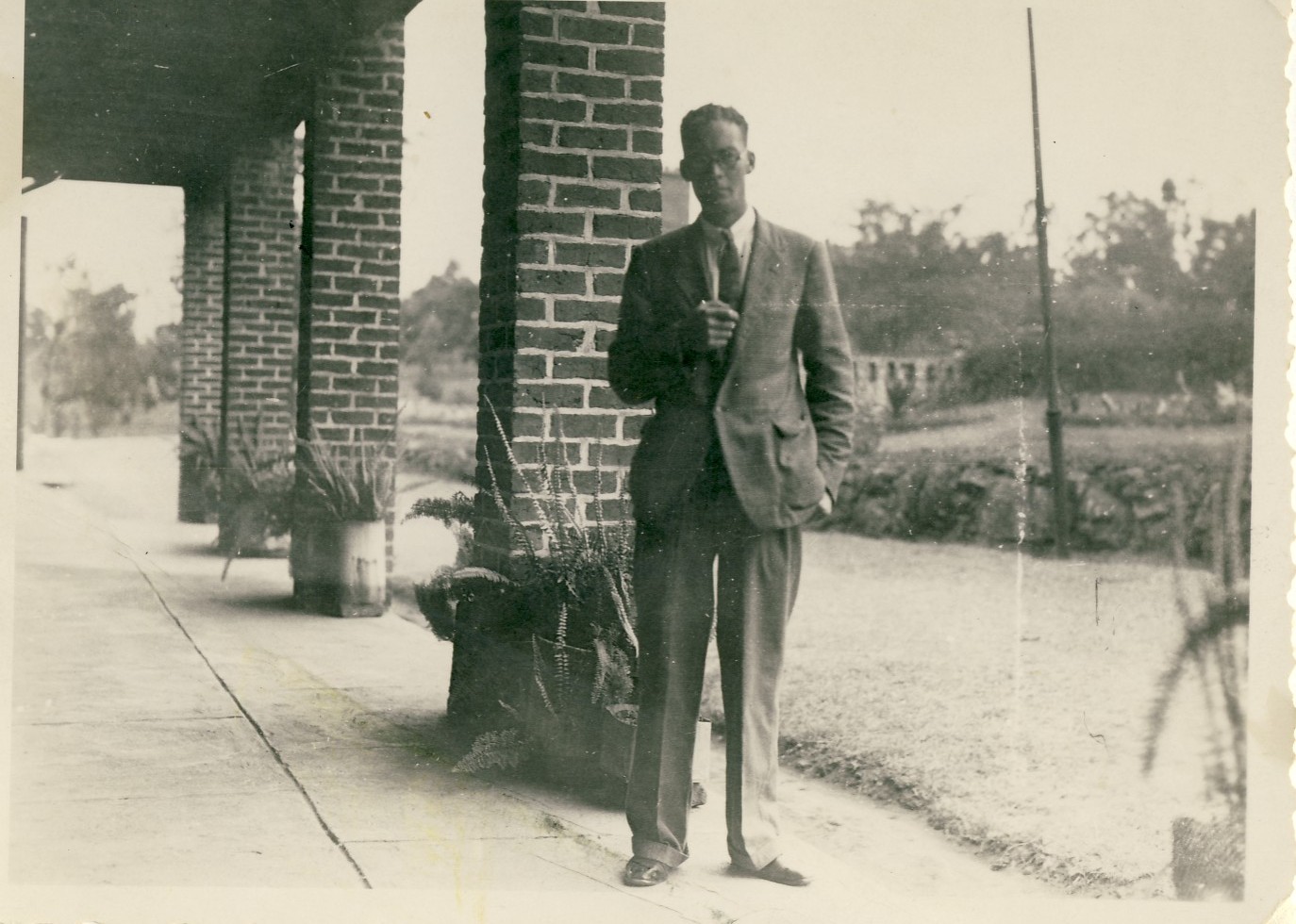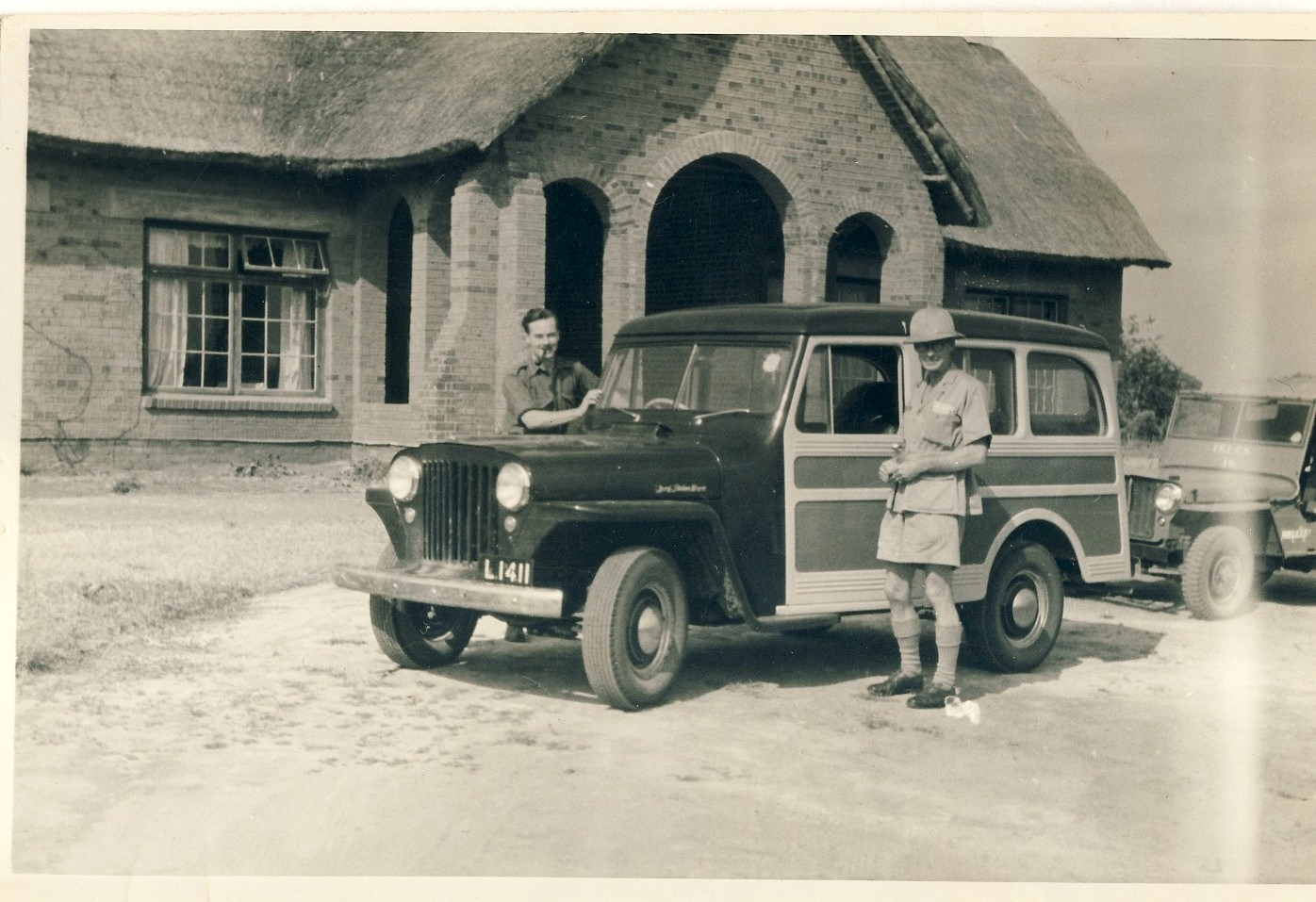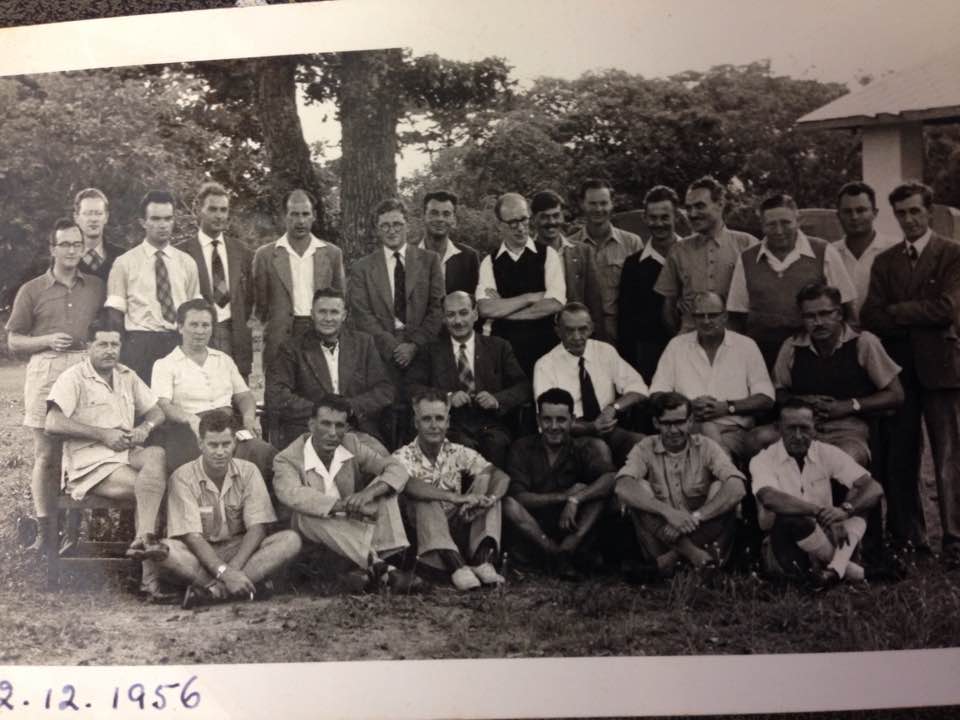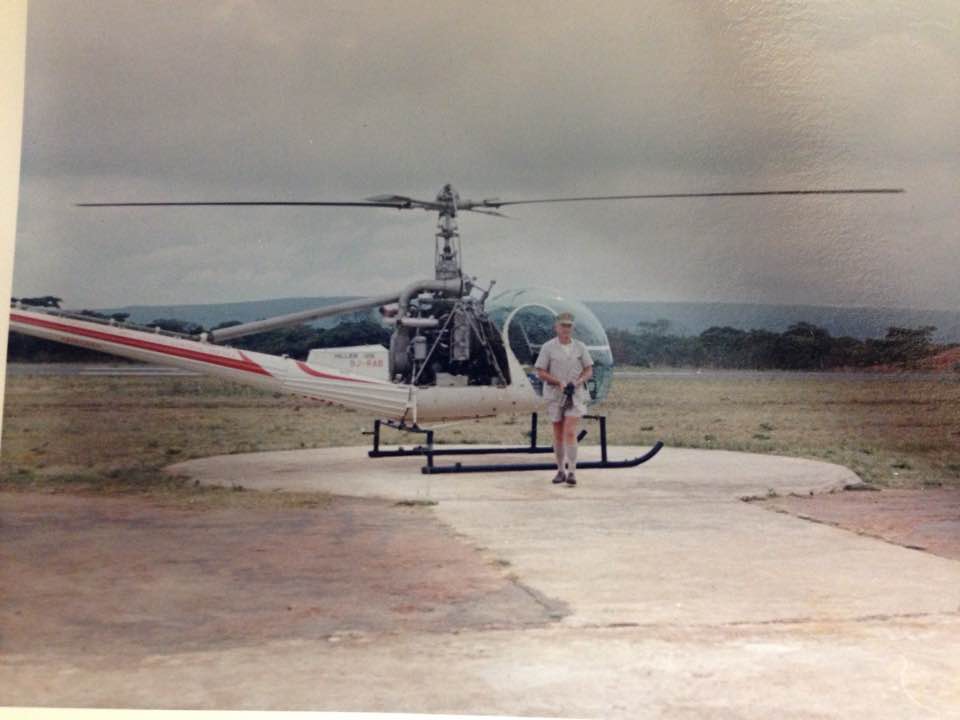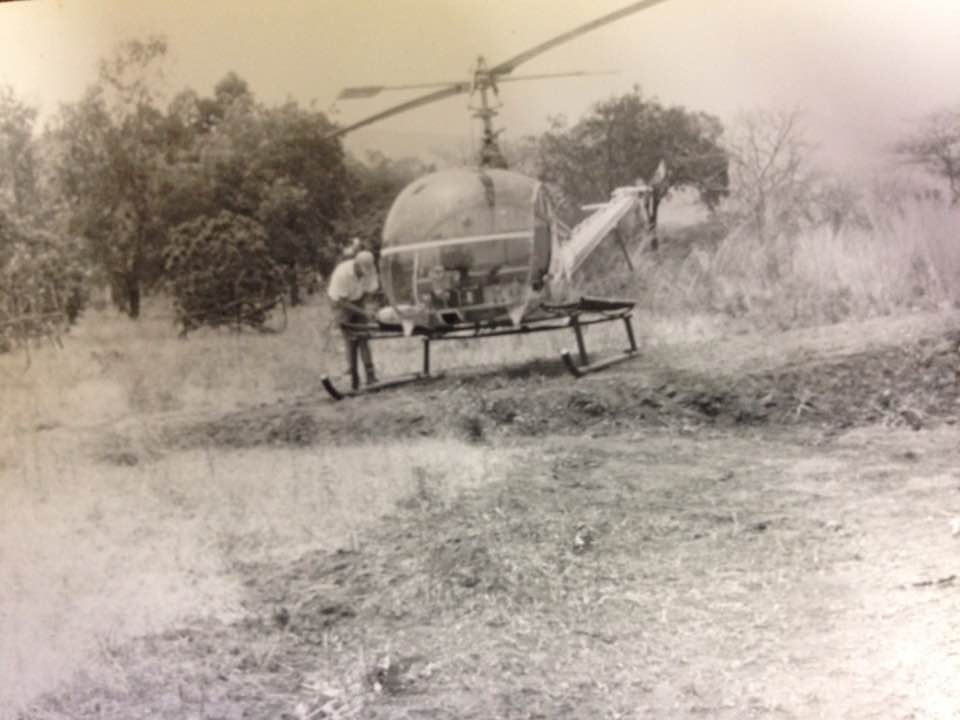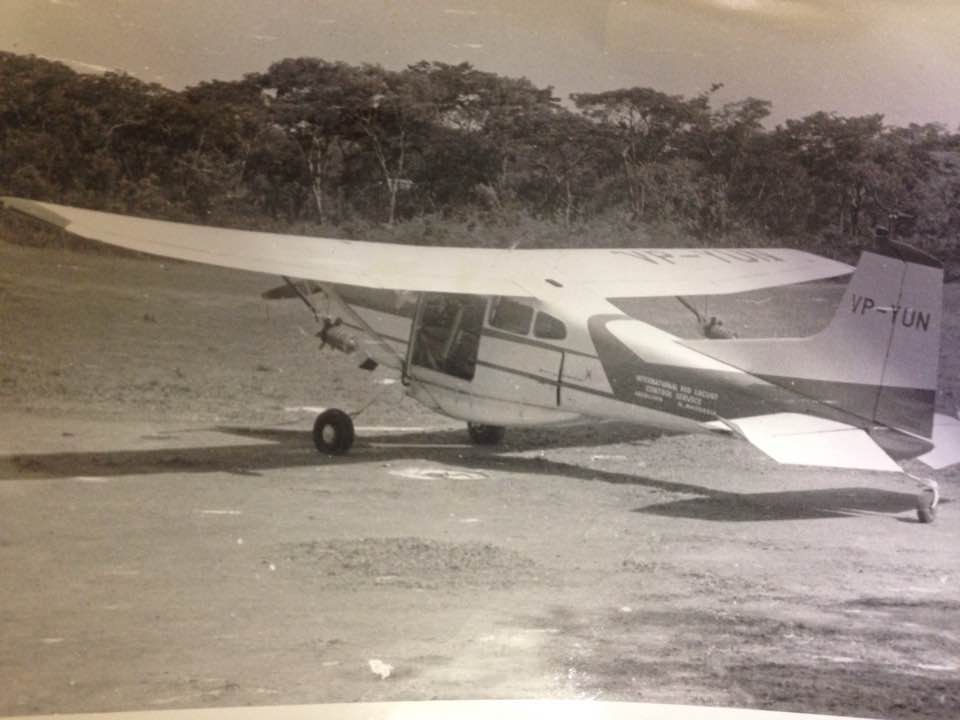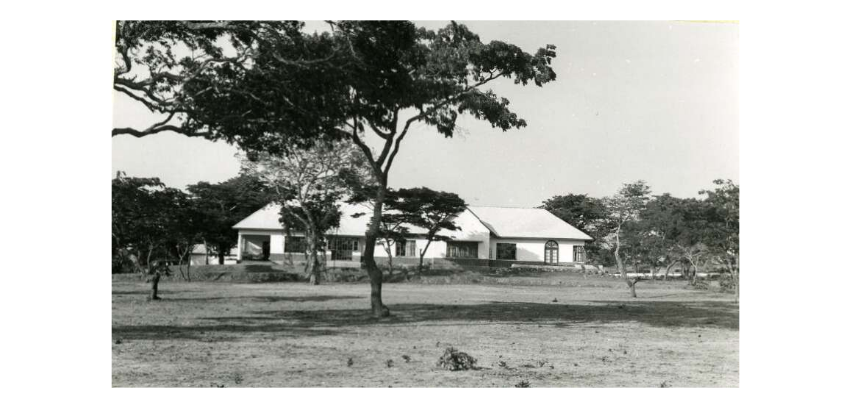M. Bredo is honoured for his early work on Locusts. Article from the Bulawayo Chronicle courtesy Mr Harry Mantell.
The IRLCS Swamp Skipper coming ashore at Lake Chila, Abercorn after trials. It was powered by two Land Rover engines and was designed and built in the IRLCS workshops by Peter Parton and others in the 1950s. The large floaing wheels were designed to enable the vehicle to operate in the swamps, shallows and grass lands of the Rukwa.
The IRLCS Swamp Skipper Trials. Afloat on 3 feet of water. The Skipper was designed and built in Abercorn in the 1950s for locust control on Lake Rukwa.
Wet-Season Locust Control. Living conditons of the men who are keeping South, Central and East Africa safe from Red Locusts. The Land rover is marooned and inextricable.
Tuzela Camp, Lake Rukwa, "Tanganiyika".Taken from the "deck" of the Swamp Skipper . This shows how Locust Scouts could see over the man-high grass where the machine could travel easily through the floods that disabled four wheel drive vehicles. Each track in the photo is nearly four feet wide.
Red Locust spotter plane. The pilots flew really close to the ground while the locusts were at the hopper stage before swarming. The slipstream then blew the hoppers up into the air behind the aircraft. Thus the piltos also had to look behind them!. On one occastion a buffalo stood up as the plane approched and caught one of the landing wheels on its horn. It must had had quite a headache. The pilot landed more or less safely .
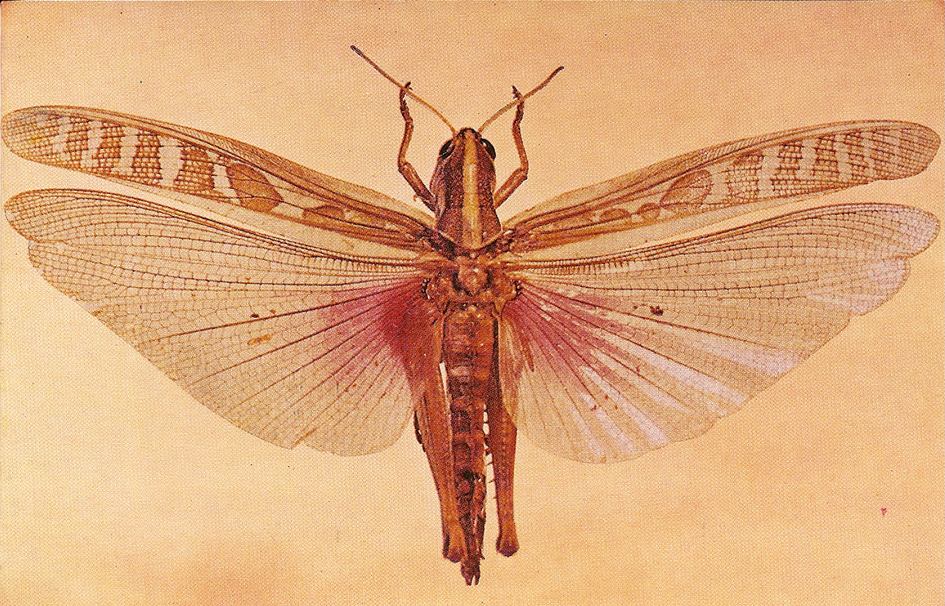
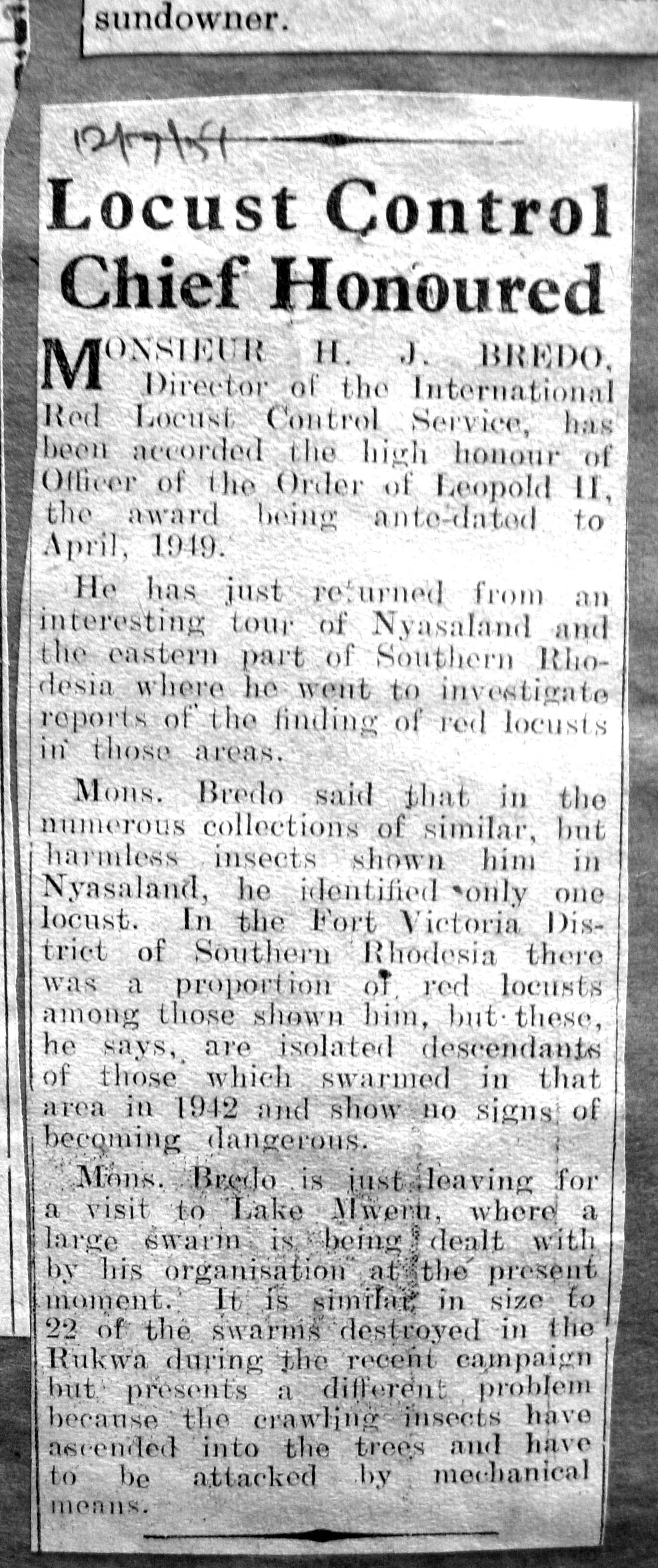

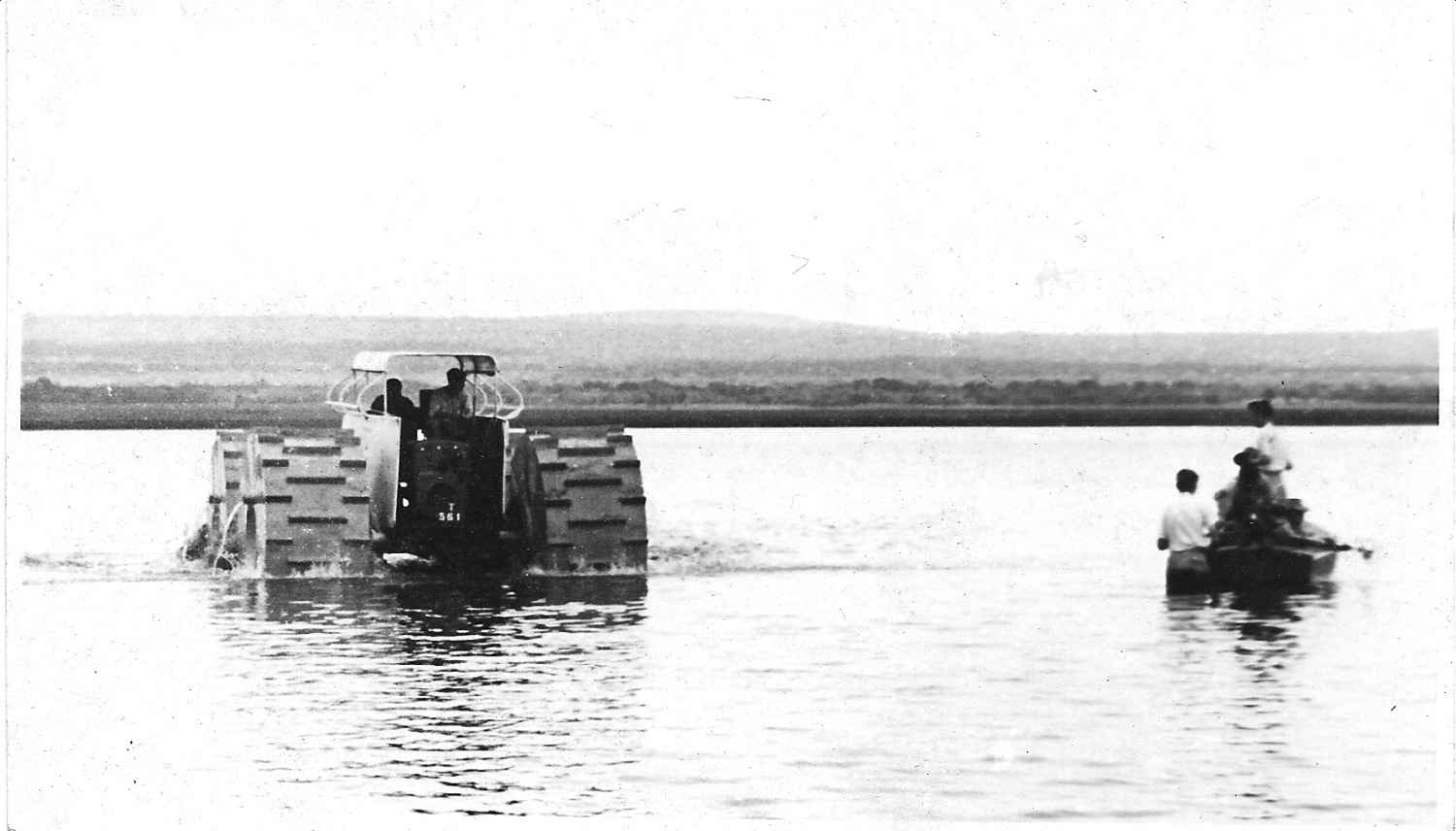
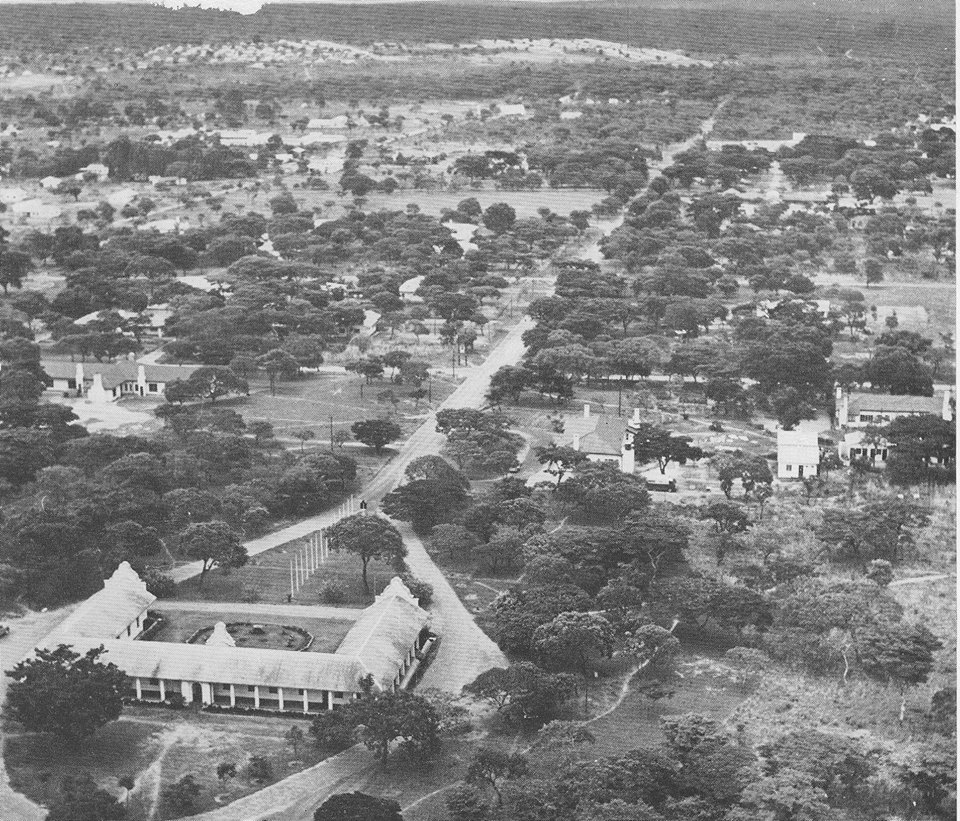
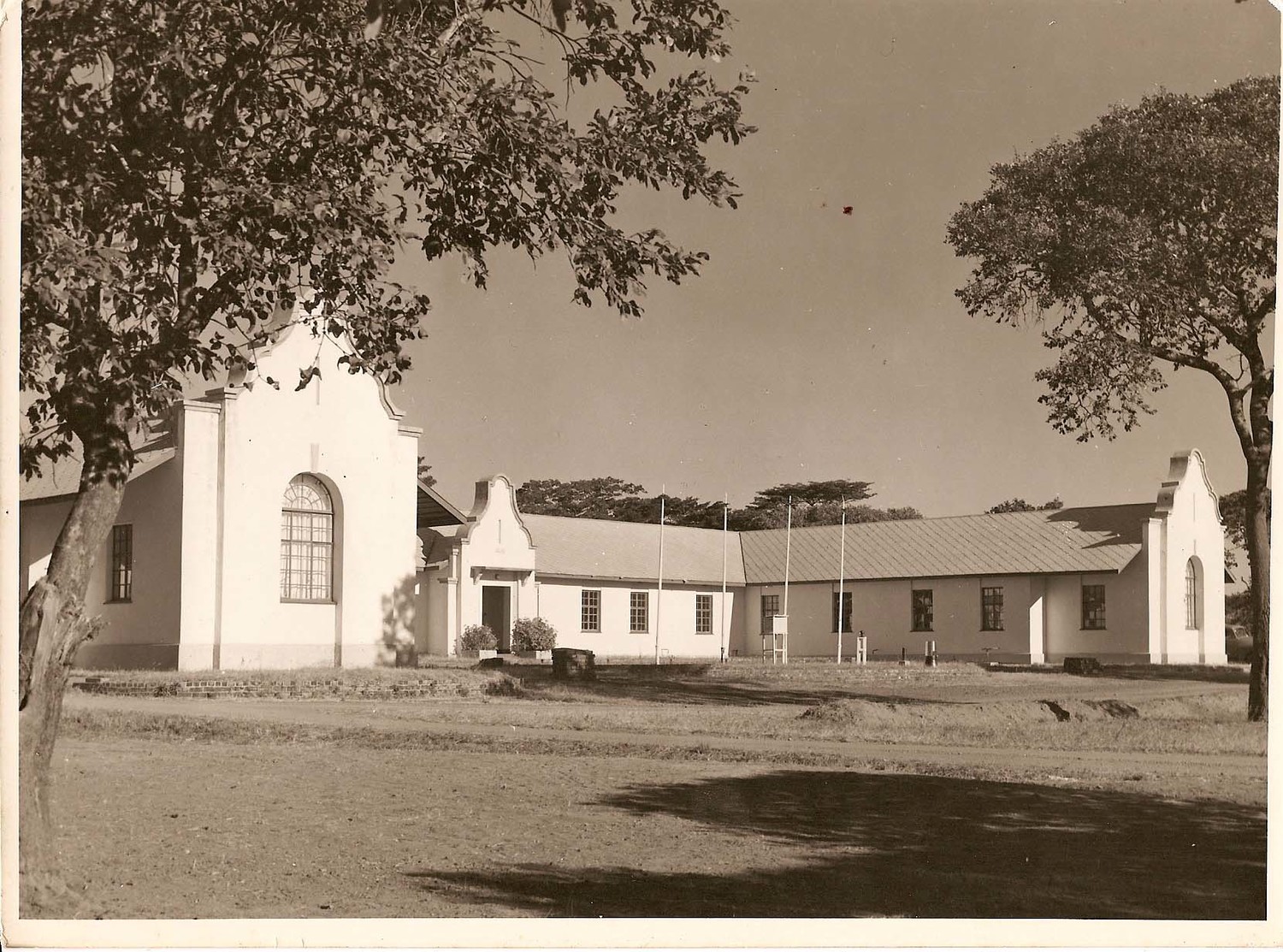

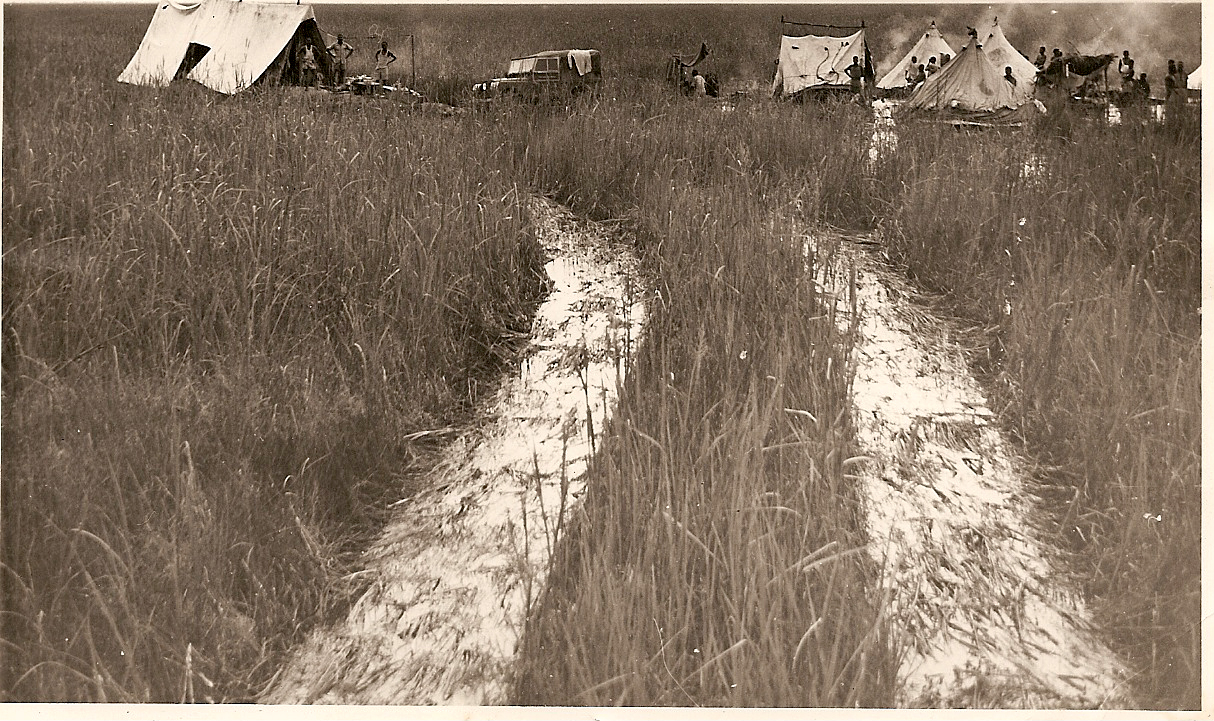
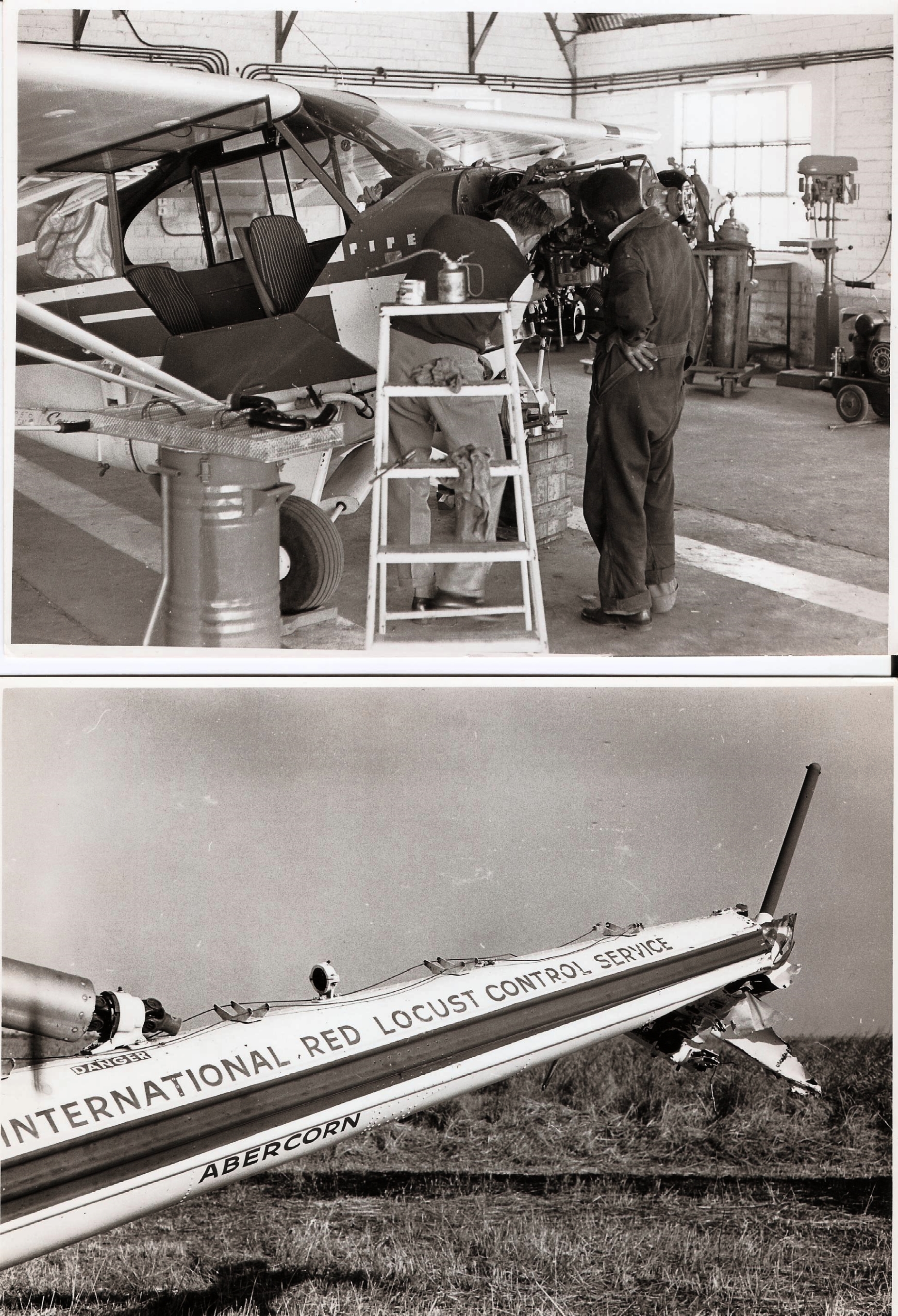
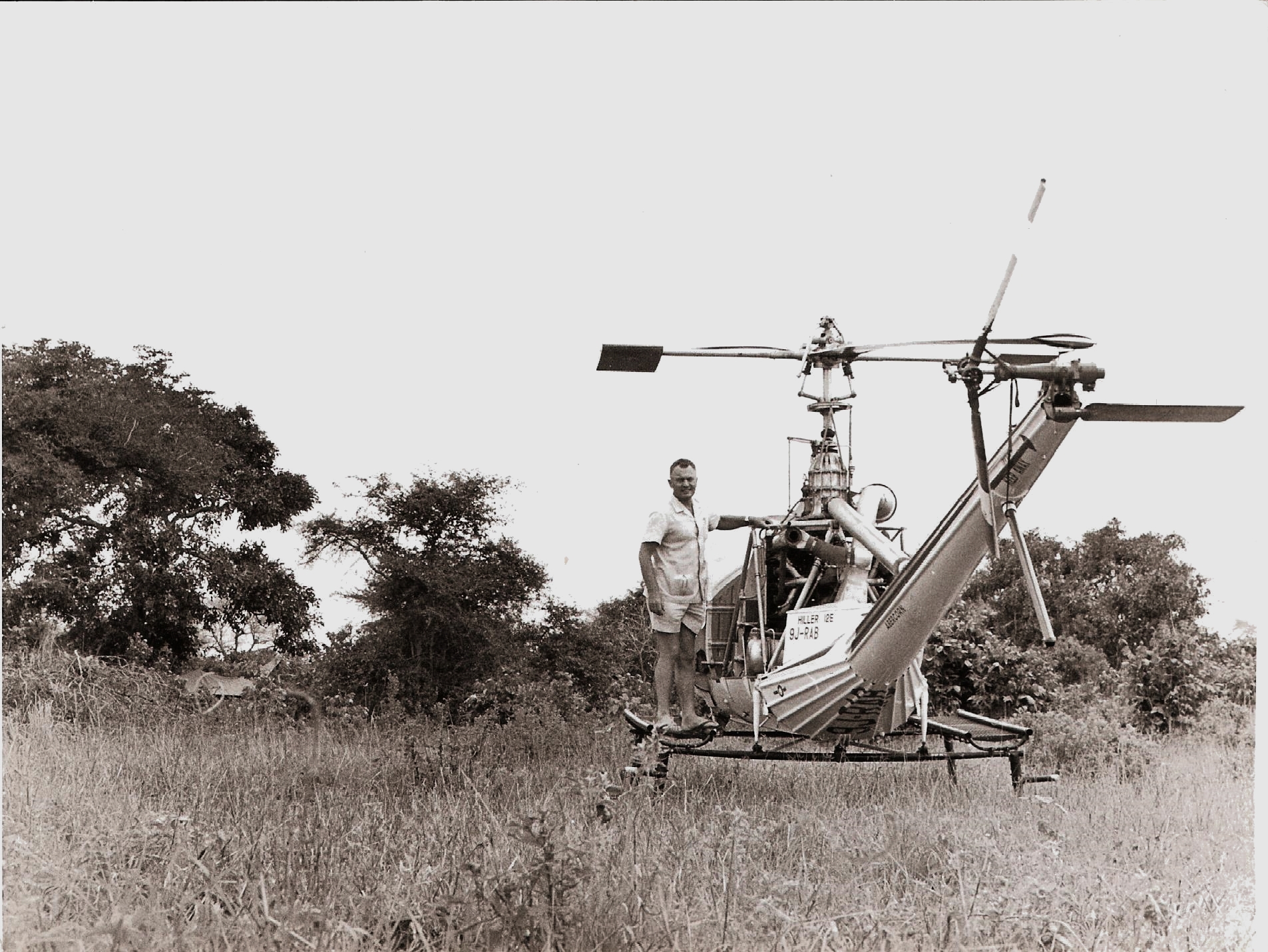
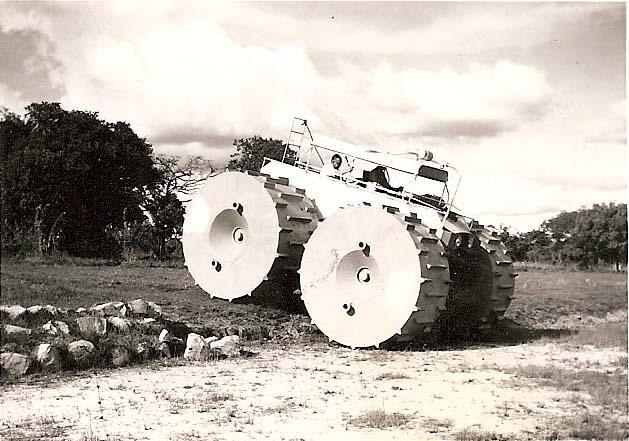
![Arnold Lea [ in spectacles ] was instrumental in establishing the IRLCS from the South African Dept. of Locust Control.](https://images.squarespace-cdn.com/content/v1/54b2629de4b007479dfa7540/1474896917290-8BDFH7M4KI8SVT147USU/RwaII20.jpg)
![IRLCS vehicles in front of the old Head Quarters building where the conference is under way. Note the pre Land Rover jeeps and the South African, Belgian [?] and British flags](https://images.squarespace-cdn.com/content/v1/54b2629de4b007479dfa7540/1474897157157-WIPVN3TWQP569LXICF9Q/RwaII6.jpg)
